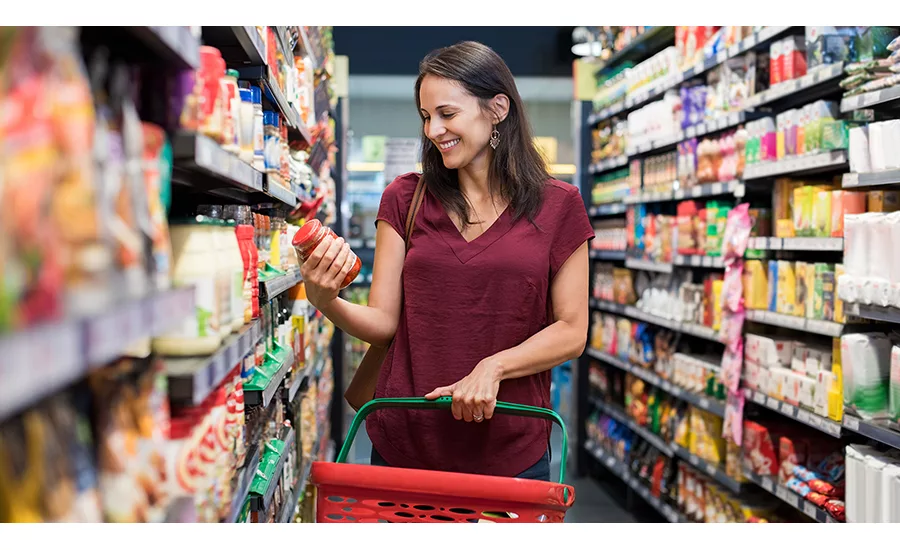Inflation accelerates private label share and penetration

Photo courtesy of Getty Images/Ridofranz
In its report, “Inflation Accelerates,” about the ascent of private label brands in the grocery space, DataWeave (a retail data, pricing and AI analytics company) explores the reasons behind and numbers backing the rise in popularity of private label food brands and products resulting from the pandemic, and now rising inflation.
Prior to the Covid-19 pandemic, adoption of e-commerce in the U.S. grocery sector lagged behind other retail sectors. The pandemic quickly and significantly impacted its trajectory as grocers witnessed 20% to 30% of their businesses shift online amid the sudden surge in demand for contactless shopping. During 2020, online penetration in the grocery sector witnessed a threefold increase from pre-pandemic levels. At the same time, nearly half of consumers explored new private label brands online to meet their grocery needs during 2020, and many have continued using these alternatives due to continued shortages and supply chain issues brands have faced throughout the pandemic.
In 2020, almost two-thirds of the private label assortment was made available to grocery shoppers online, and 14% of private label brand sales came through online shopping. Private label brands witnessed an 80-fold increase in volume growth in May 2020 compared to January 2020, and the e-commerce channel contributed 73% to sales during the year due to pandemic-driven supply chain challenges. In 2021, private label brand penetration was approximately 18% across grocery categories, both online and in store.
DataWeave’s analysis shows that on average, retailers in the U.S. carried more than 4,500 private label products online and had private label brand penetration of more than 13%. Their data shows that both Target and Whole Foods Market had private label brand penetration of more than 20%. Target had the highest number of private label SKUs (13,220), followed by Walmart Grocery (10,673), Kroger (7,743), and H-E-B (7,348).
“Across the 10 major grocery retail chains we analyzed, private label brands were more economical compared to national brands, which is likely one of the key factors contributing to the private label’s increased penetration across grocery categories, says DataWeave CEO Karthik Bettadapura. “We will continue to watch private label closely, as it seems to be impacting many decisions across the retail value chain, from margins to merchandising.”
DataWeave’s methodology draws on more than 500 billion global data points, looking at both external sources and their own internal banks to explain the data. This Private Label report is the latest to compare prices and popular differences by brand, category and retailer, in light of inflation and market-driven economic changes.
Key takeaways of this report include:
- Private label packaged foods are up 38% in value sales share in 2021
- Five of the top 14 grocery categories are private label
- Eight of the top 10 brands with the most SKUs are private label
Looking for a reprint of this article?
From high-res PDFs to custom plaques, order your copy today!





